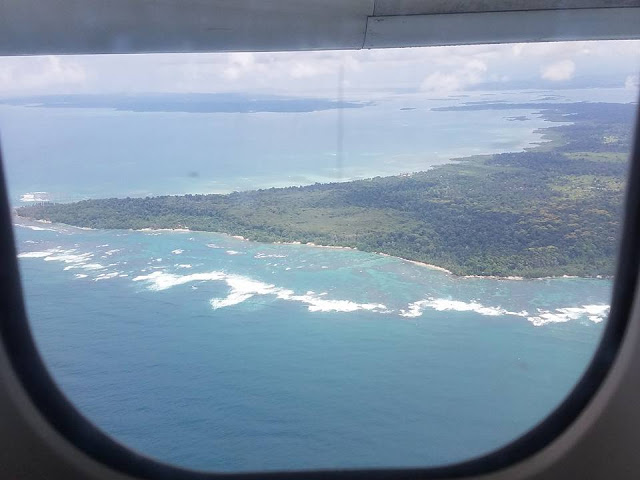To sample by the sea

Our journey through Bocas thus far has had its hiccups and obstacles, but every day we get up (granted, at like 2pm) and do the work that we're so passionate for. The fortune of swimming for samples :) Bianca Cruz acquiring water samples for roller tank experiments Microplastic incubations for DNA analysis (is it just me, or are the heavens shining down upon my research?) Microplastic incubations for chemical analysis Arrowhead crab IN MY INCUBATIONS >:( Arrowhead crabs being adorable Many sponge and cute fish :) This urchin was the size of a basketball I swear! Fire corals. They hurt. Sponges and anemones!





